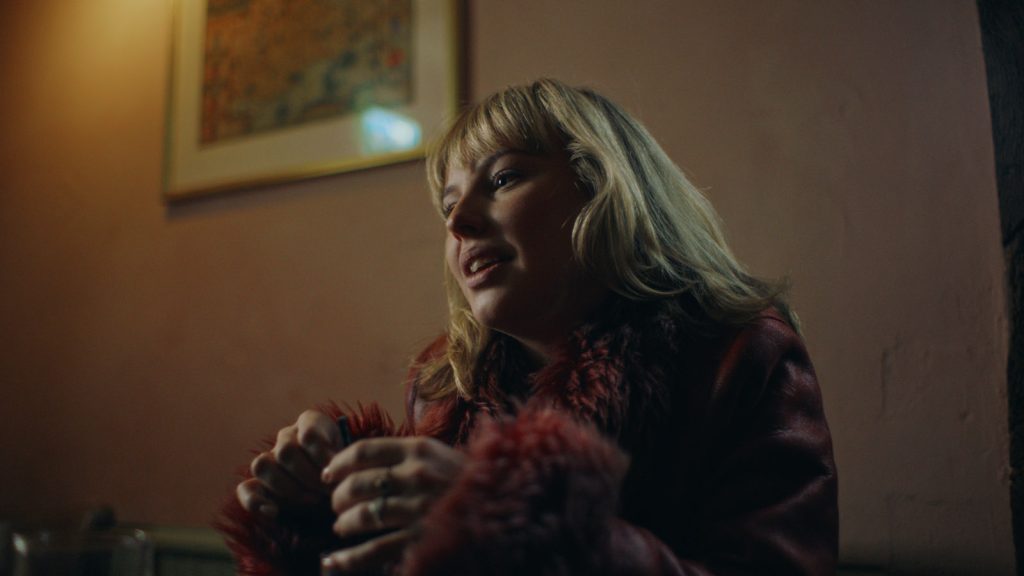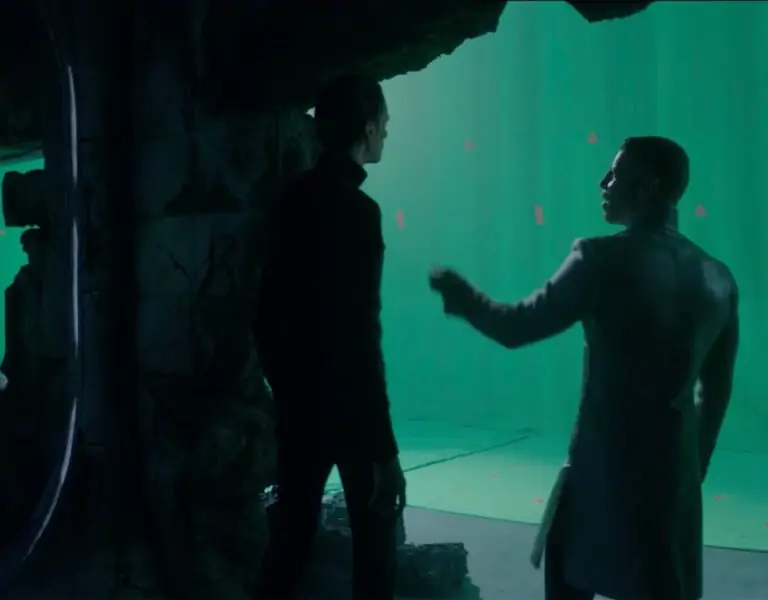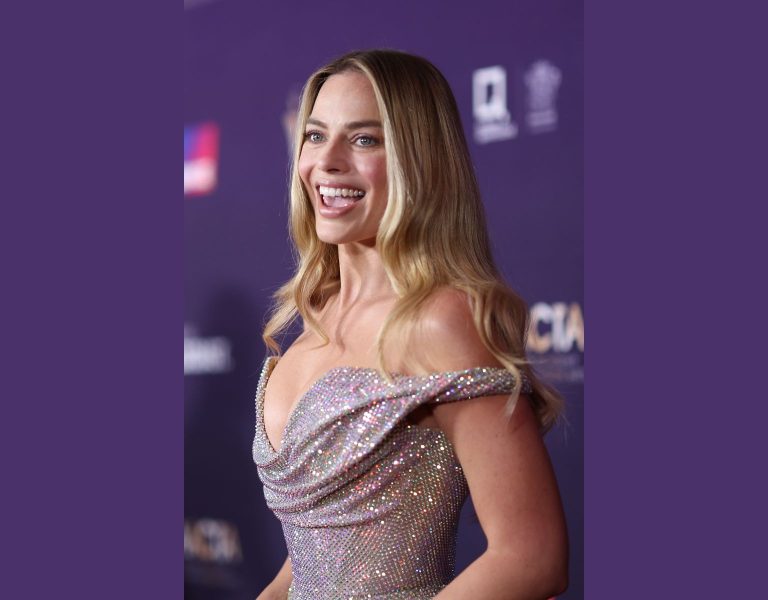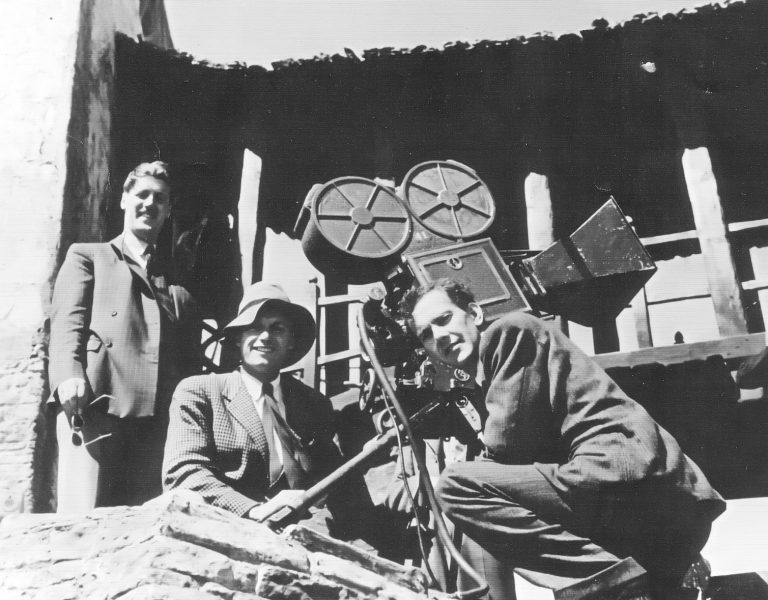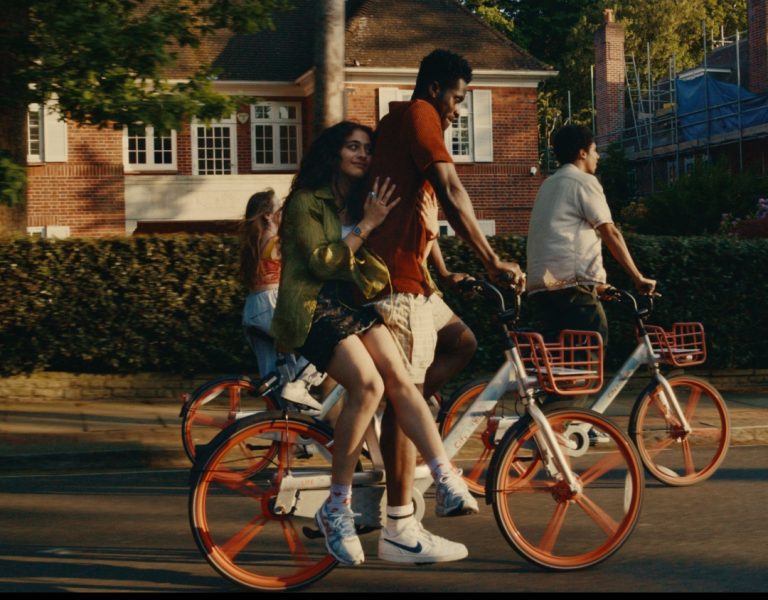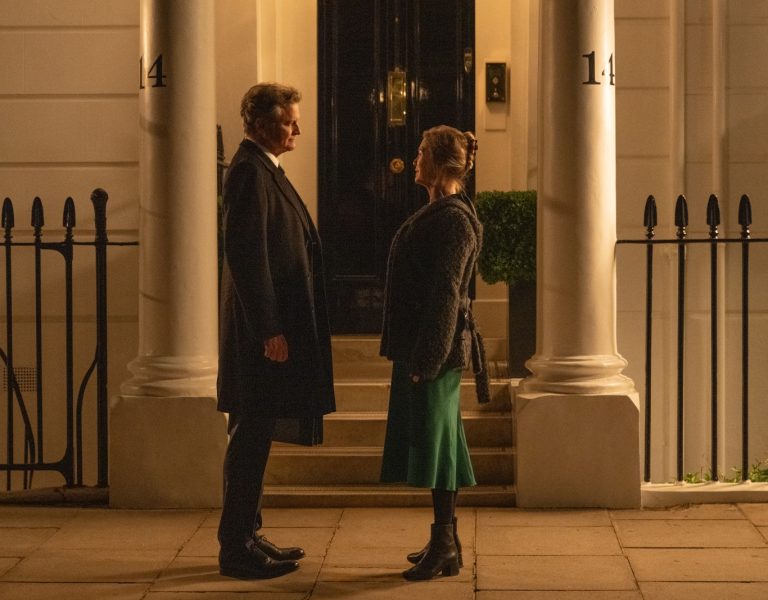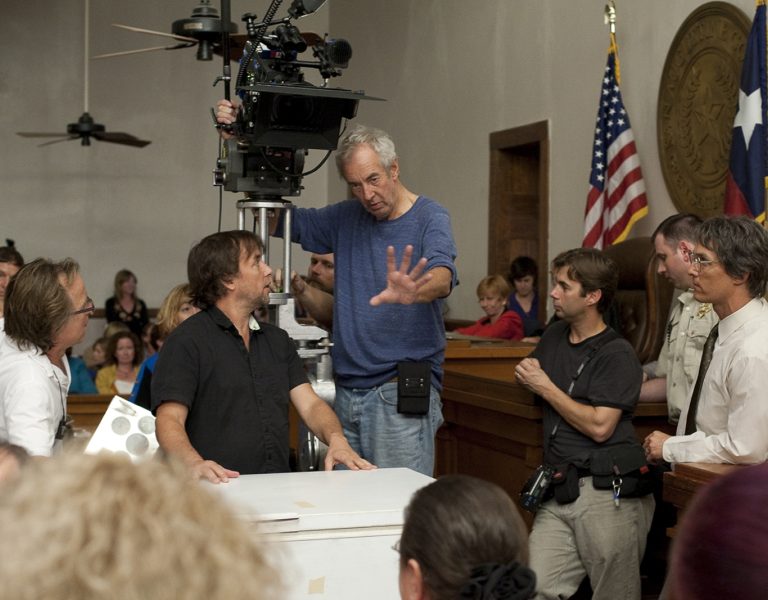Diary of a Ghost is a short drama about a young woman’s relationship with her deceased partner and her struggle to let go of the past.
We shot the film over two days in and around London. There was a variety of different location styles for us to work with, which required a lot of research and prep to make sure we kept a consistent look across the film whilst providing each scene with a specific atmosphere.
Director Caroline Hajny and I started by discussing how we wanted to address the connection between Sage’s fantasy world and the reality. We decided to play with colour temperature to embody Sage’s mindset throughout the film. The cooler scenes reflect Riley’s absence (for example in the office), while we slowly introduced warmer light, beginning at the pub, when Riley is first mentioned. This all culminating when Sage comes home and feels Riley’s presence in the house.
Filming in tight locations, sometimes with quite a few extras and some long takes through the house, we needed a versatile, small build that wouldn’t get in the way. I opted for the Alexa Mini combined with Zeiss Superspeeds MKIII. The Superspeeds are lovely fast lenses with plenty of character that retain sharpness when stopped down. This meant we could shoot wide open for the more stylised scenes while keeping a sense of reality when needed.
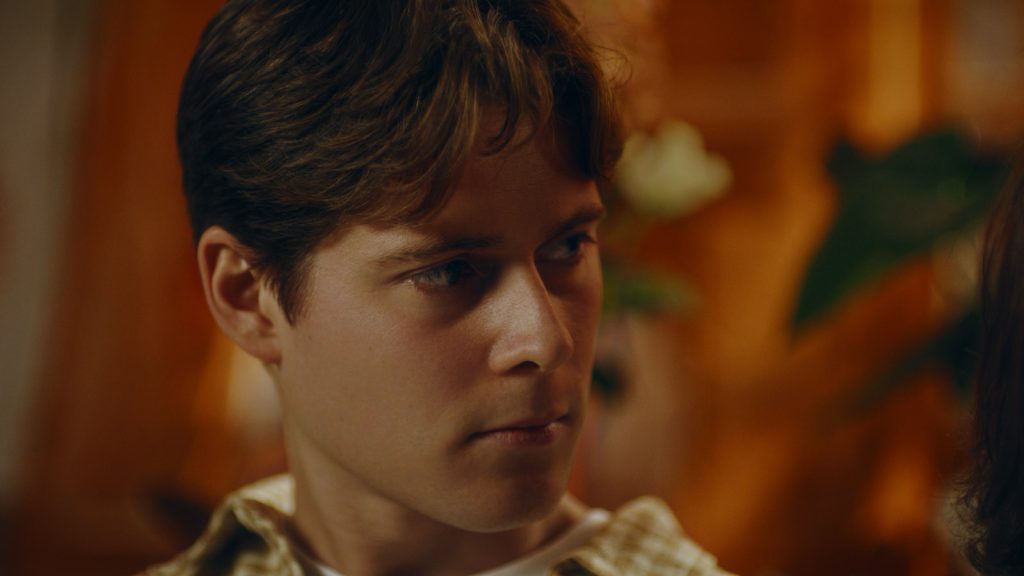
The flashback scene required a little more technical preparation than the rest as we needed to work out the distance of the window panel in relation to the camera as well as the ideal bullet hole size that would allow us to zoom out through the hole while being able to recognise sage’s face when in focus.
The pub location was quite tricky logistically. Director Caroline Hajny used the diner scene from Beautiful Boy as a reference. She wanted the whole scene to be shot from a low angle which, coupled with very low ceilings, proved to be a challenge from a lighting standpoint. We also shot during the day for a scene that was written at night so I suggested we embraced the daylight visible through the windows whilst making sure to keep the atmosphere of an evening scene. Mixing colour temperatures felt like the right approach in this regard. I decided to key the subjects with daylight as I like to keep skin tones looking healthy and natural. To make sure we conveyed the impression of darkness associated with a pub in the evening, we mainly keyed with a Litemat 2L with egg crate, set quite close to the subject to ensure a strong contrast. We then added pools of warm light in the background and eye lights acting as Riley’s presence, as well as cool backlights which could be motivated by some beer signs.
For the conversation between Sage and Riley we wanted a stylised, warm lighting that would sit right on the edge between dream and reality. I worked closely with production designer Karin Grönkvist to pick the shade of curtains that would help us achieve this look as well as the right practicals which we then dotted around the room. Both characters were keyed with daylight while I made sure to avoid giving Riley an eye light to preserve his ghostly appearance.
The climax scene echoes the previous scene. It is a long slow motion steadicam shot starting on Hailey at the front door and going through the house all the way to Sage on the sofa. I decided to keep the direction of the window’s light the same for both scenes to maintain a similar texture seeing as Sage has finally found a way to be with Riley.
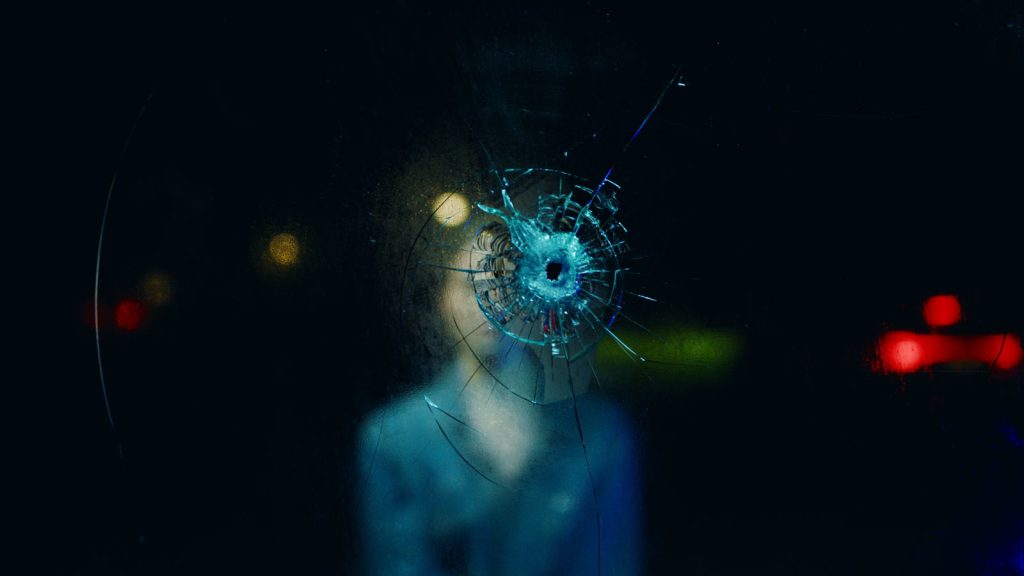
The challenge here was to coordinate all the extras to motivate the movement of the camera. We decided to have them walk across frame from one room to the other to give the viewer a sense of the space and atmosphere.
We kept the lighting soft and natural on Hailey. As the camera pulls back, we let the rooms fall in and out of darkness until we enter the living room, bathed in a low, somewhat contrasting morning sunlight, giving a sense of dark peacefulness as Sage’s struggle has come to an end.
We worked with Alex O’Brien at Okay Studio for the grade. Alex has a really good subtle eye which was perfect for us as we were playing with this fine line between realism and oneirism. Finding the sweet spot between warm and cool, and deciding where the whites should sit was the
real challenge of this grade. The office scene was quite interesting to work on. Since pre production, we wanted it to feel dull and unexciting while maintaining the look of the film. We played around with cooling down the greys and adding a little green to the highlights.
On the whole, Diary of a Ghost was an extremely ambitious project I am very grateful to have been part of. From time and space restrictions to completely new challenges, we had to adapt and learn to sometimes set up and light in under 20 minutes while staying consistent and always serving the story.
